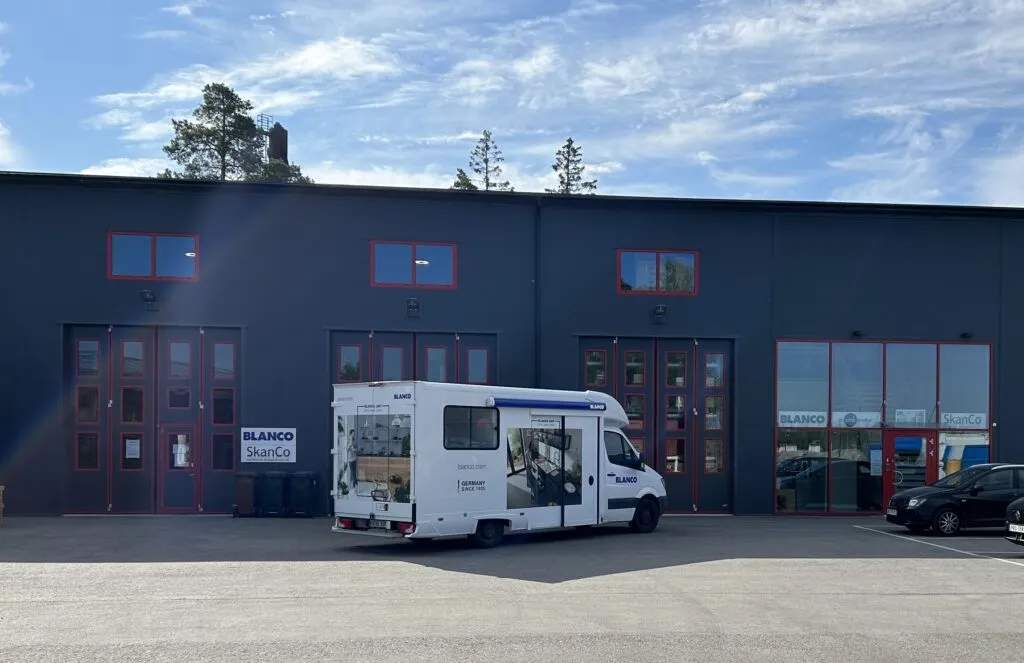Over time, the concept evolved to denote spacious and often prestigious homes, often with expansive grounds or gardens. The economic aspects of villas and bungalows can vary significantly based on several factors, including construction costs, property values, and maintenance expenses. A bungalow is a single-story house characterized by its simplicity and practicality. Originating from the Bengal region of India, the term “bungalow” refers to a home with a low-pitched roof, often featuring a verandah or porch that wraps around the house. Bungalows are designed for easy accessibility and often have a compact, efficient layout that eliminates the need for stairs.
As they utilize a small space, they are mostly preferred for those families who are small and comfort-seeking. Bungalows have a rich history in American architecture, particularly in suburban developments from the early 20th century. Architectural details such as columns, large windows, balconies, and expansive terraces are common in villas. These elements contribute to the villa’s elegant and sometimes ornate appearance. The users should exercise due caution and/or seek independent advice before they make any decision or take any action on the basis of such information or other contents. These articles, the information therein and their other contents are for information purposes only.
Additionally, a villa may or may not have two floors and depends entirely on the choice of the villa owner. Villas in India are generally part of a gated community, and each villa may be separated by the other with a garden difference between villa and bungalow or a verandah. Villas also offer private amenities like a swimming pool or gym. Though also available to duplex apartment owners, these amenities are often available on sharing basis and not for personal use.
Though the villa is an individual unit of residence, the floor plan is often fixed as per the project plan. There is no room for expanding a villa, except that you can add floors to it as per the norms and regulations. It is a great option for those who want to enjoy the amenities of a project but do not want to compromise on privacy. Once known to be the luxurious abode of Roman noblemen, villas, today, are known for their ‘plush’ quotient. In our earlier columns, we wrote about multi-storey apartments, studio apartments, builder floors, and plotted developments. In this tutorial, let us delve deeper into the premium housing segment.
Both offer luxuries, but mansions emphasize opulence and entertainment, while villas prioritize wellness and a laid-back vibe. The layout and smaller footprint of cottage floorplans allow for ample views of nature with lower maintenance. Cottage living isn’t just about experiencing the coziness and warmth of gathering spaces and nature; it’s about experiencing tranquility. On the other hand, bungalows tend to occupy a larger area of land than their multi-story counterparts. Since they don’t extend upwards, they take up more square footage on the first floor.
They may cost more per square foot and may also require more material for roofing. Villa projects are usually situated on a safe and secure campus with 24-hour security systems. Owners may be sure that their property is specific when they are gone at work or on vacation. It is not the case for independent houses, which are more vulnerable to damage and theft. Since it can be expensive, very few independent house owners go to the expense of hiring security for themselves. 24X7 protection is cost-effective in villa complexes where other residents share the cost.
Villas are often situated in affluent or scenic locations, such as hillsides, waterfronts, or countryside settings. The emphasis is on privacy and enjoying expansive outdoor spaces. These variations highlight how villas and bungalows adapt to different climates, cultures, and aesthetic preferences while maintaining their core characteristics. For some people, the petite size of a bungalow can be a drawback. “Small can be cozy, but it can also feel a bit tight, especially if you’ve got a big family,” Rohani admits. Abcarian points out that the limited space can be especially challenging in the kitchen, which many view as the heart of the home.
And, as one might expect, morning jogs or quiet evening strolls on public roadways may quickly turn into a nightmare for independent housing owners. But a few factors like remote location, rental options, etc. can make it more accessible. From the Khans to the Bachchans to the Kapoors to cricketers like Virat Kohli and Yuvraj Singh, palatial bungalows are popular among the richest in our society. They have a straight and simple design, which makes it easier to customize of any kind. It is easy to renovate as compared to other types of complex houses.
In a row house, one can enjoy the benefits of independent living while staying in a community. Thus, a row house can also be called as a cross between an apartment and a bungalow. Whether you make it energy efficient or not is up to your design. The single-story design of bungalows is very favorable for taking energy-efficient measures. You can use numerous energy-efficient machines, appliances, and greenhouse technology to make your space more energy-efficient.
Öppettider
Måndag – Torsdag 7:00 – 16:00
Fredagar 8:00 – 15:00
Lunchstängt 11:30 – 12:30
Kontakta oss:
info@skanco.se
08-774 33 00

Tillagd i varukorgen